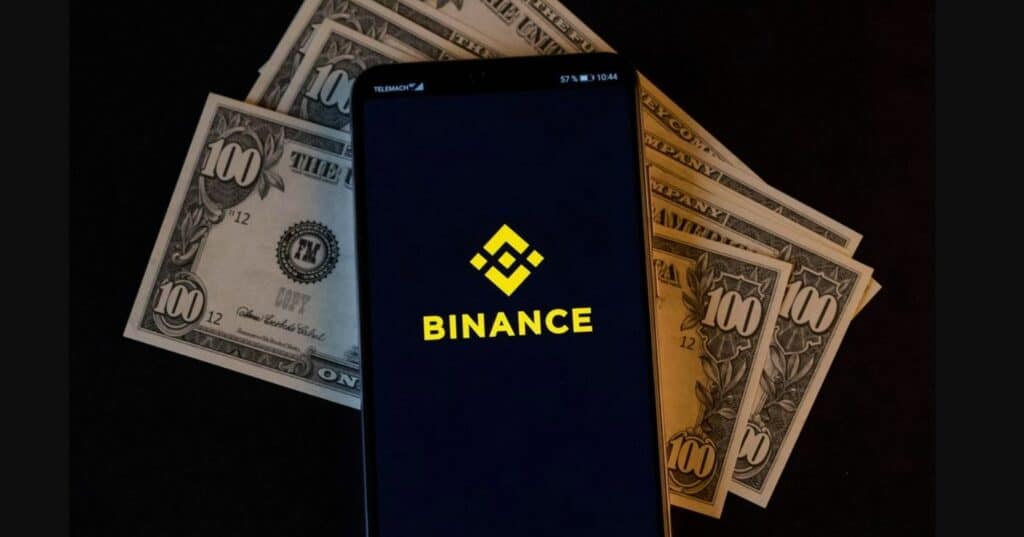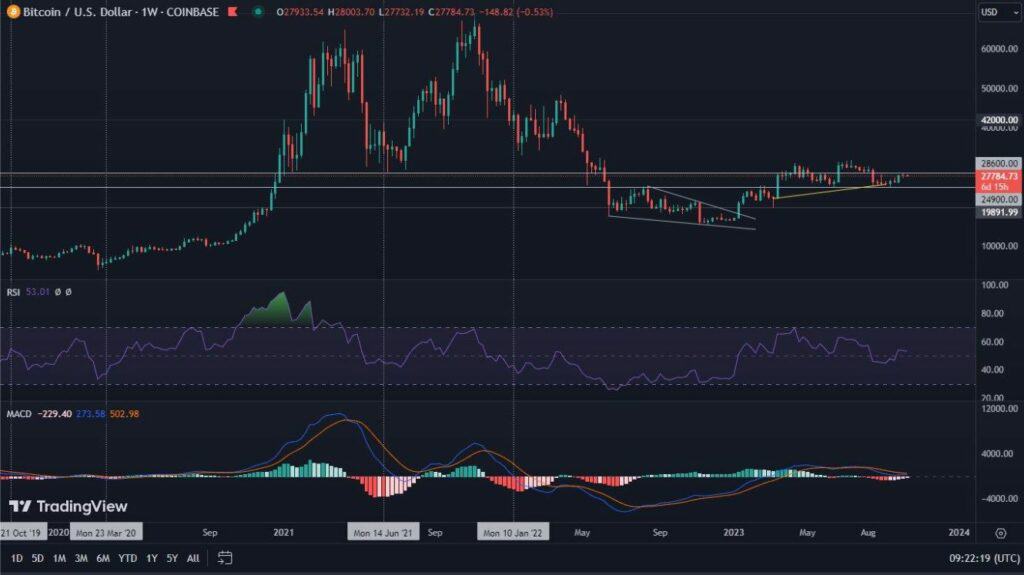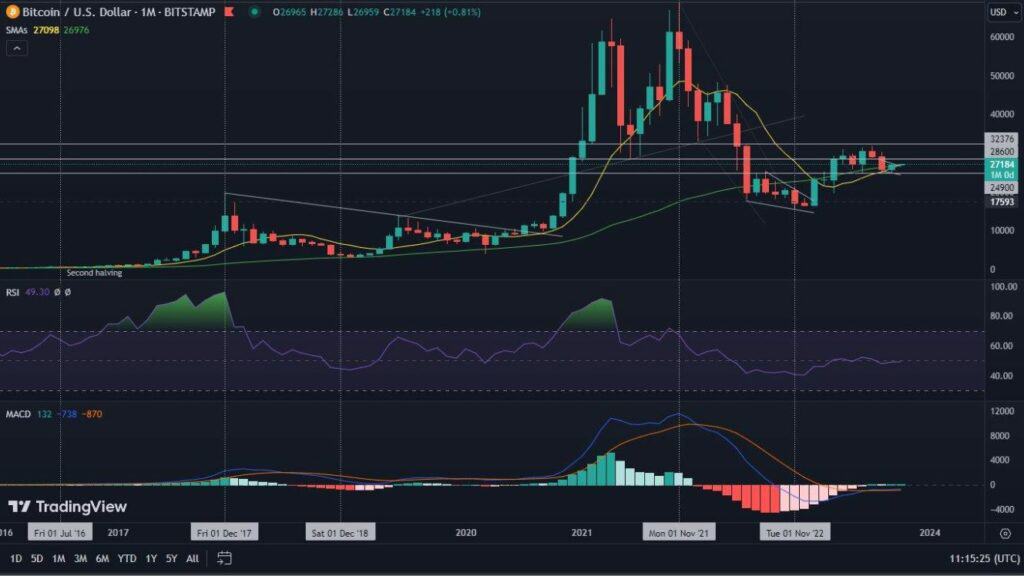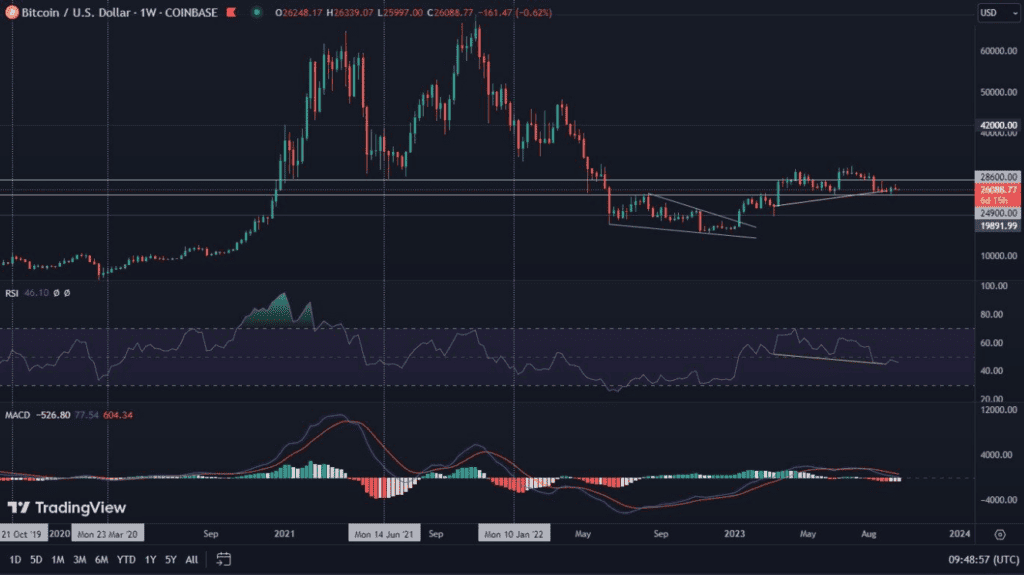In recent years, cryptocurrencies are experiencing a real “boom”! And not just for cryptocurrencies – the rise in popularity applies to blockchain technology in general. The craze for cryptocurrencies is in full swing, however, when we read the news, every now and then we come across information about rapid fluctuations in the price of individual tokens. This volatility is a key feature of digital money – overnight it can make an investor both a millionaire and bankrupt. So is there a method to keep stability in this madness? Of course! This method is called “stablecoin”, and it is to these special tokens that we dedicate this guide.
What are stablecoins?
Getting straight to the point – what are stablecoins anyway? Stablecoins are a subset of cryptocurrencies, or tokens based on blockchain technology. However, stablecoins are designed to offset the price fluctuations experienced by traditional digital currencies. Thus, they maintain a constant price level and are an investment asset. At this point, the question “how do stablecoins maintain a constant price?” may arise. This is because they are linked to another asset, which very often is simply a specific fiat money, such as the US dollar. With this in mind, it is also important to say that stablecoin is not mined in the same way as cryptocurrencies, which is by a dispersed network of miners who perform complex mathematical operations. It simply derives its price from the aforementioned other underlying asset.
What can stablecoins be used for?
One of the primary uses of stablecoins is to facilitate transactions on cryptocurrency exchanges. In this case, investors first buy the stablecoin associated with the exchange in question, and then use it to buy cryptocurrency. In this way, stablecoin provides a “middle layer” between the investor and the cryptocurrency. In this way, investors are able to reduce transaction fees, as almost always the exchange does not charge fees for exchanging fiat currency for stablecoins. Of course, this is not the only use of stablecoins. More sophisticated investors also use them for loans and also for overseas remittances.
Government views on stablecoin
Recently, many governments have regulated cryptocurrencies, as well as all activities related to them, such as mining or selling them. In the case of stablecoin, this issue is not clear. While the U.S. government, for example, claims that they “need to be regulated,” it has yet to take any steps in that direction.
Leading stablecoins available in the market
Although stablecoins are not yet as popular as, for example, Bitcoin (BTH) or Ether (ETH), it is still useful to know which ones are currently leading the market. This collection includes: Tether (USDT), USD Coin (USDC), Binance USD (BUSD), TerraUSD (UST) and DAI (DAI).


















